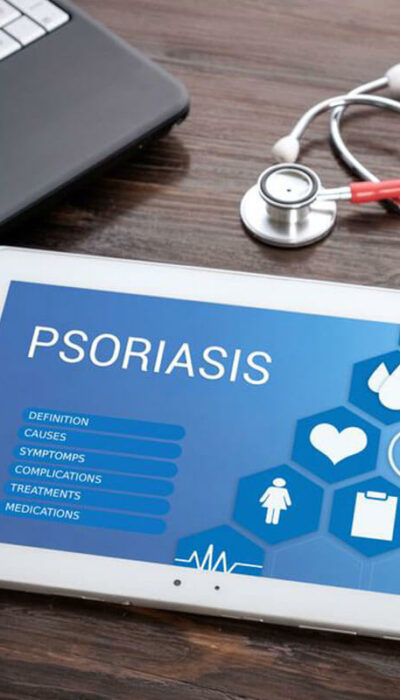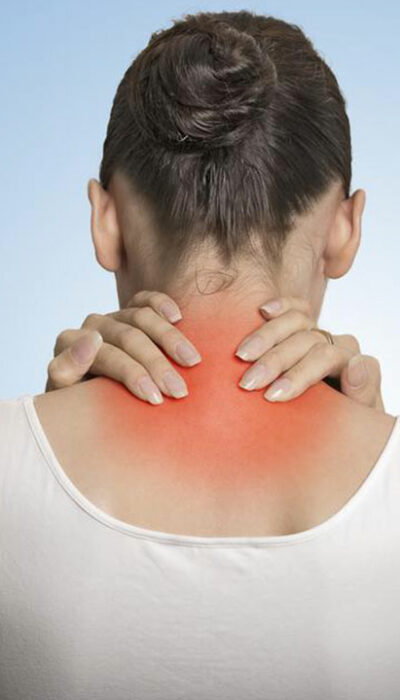
How Ragweed Symptoms Affect Your Body
Ragweed symptoms are caused by the multitude of airborne pollen that give rise to allergies in people. Learn how ragweed symptoms affect your body. Ragweed plants are weeds with soft stems that are found growing freely all over the United States. In fact, there are at least 17 different species of the plant that grow in North America alone. Found in large quantities in the Eastern and Midwestern parts of the country, ragweed blooms during the months of August through November. When it blooms, a ragweed plant releases its pollen into the air. This results in really high levels of airborne pollen, especially during mid-September. According to the Asthma and Allergy Foundation of America, approximately 20 to 25 percent of Americans are allergic to ragweed. Known as one of the most common causes of seasonal allergies in the country, ragweed pollen triggers the immune system, which mistakes it for a harmful compound in the body. The immune system begins to work overtime to produce chemicals so as to fight off the pollen in the body, even though on its own, the pollen does no harm. This allergic reaction is also known as a type of allergic rhinitis or hay fever. This reaction manifests itself in the form of a number of ragweed symptoms. Ragweed Symptoms that Affect the Eyes People who are allergic to ragweed are likely to notice that their eyes are experiencing several ragweed symptoms. These include watery or teary eyes, itchiness around the eye area, as well as heightened redness of the eyes. Furthermore, your eyes may end up looking stuffy and tired, with dark circles, after you have tolerated these ragweed symptoms for a while. Some of these symptoms may be alleviated with the help of eye drops. Ragweed Symptoms that Affect the Nose As with most other pollen allergies, ragweed symptoms specifically affect the nose.










